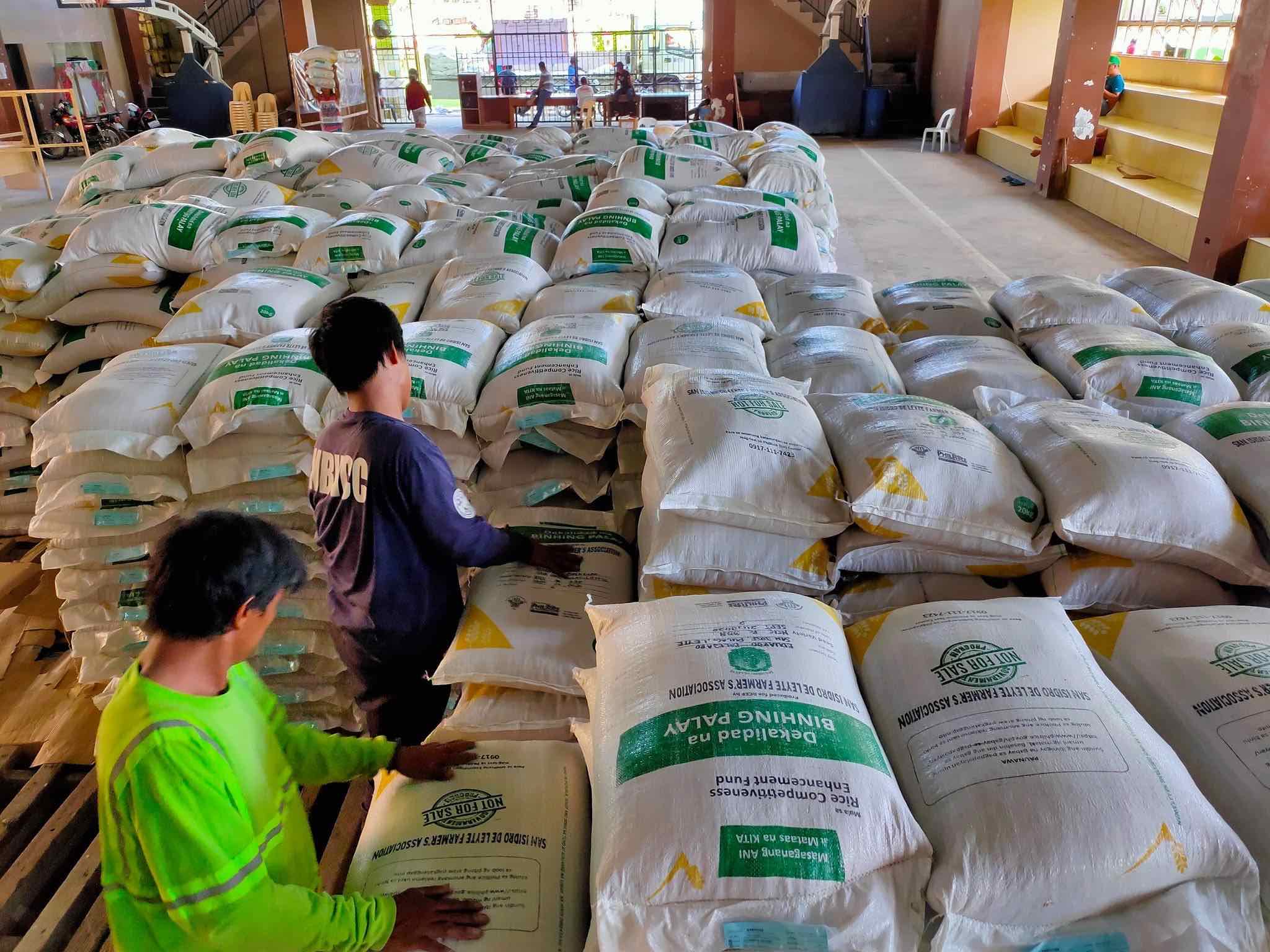Sen. Cynthia Villar said the Department of Agriculture (DA) has two rice programs that could help boost the country’s rice sufficiency and augment the income of farmers and other stakeholders in the agricultural sector.
Villar, chairperson of the senate committee on agriculture and food, said these programs are the National Rice Program and the Rice Competitiveness Enhancement Fund (RCEF). “The National Rice Program is one of the banner programs of the DA, which focused on rice farming under the Office of the Secretary. It has been there since 1986 under six presidents,” said Villar. She said DA classifies it as subsidy to accelerate the adoption of modern rice technology toward increased yield, increase income and disaster risk reduction.
THE FIRST RICE PROGRAM: THE NATIONAL RICE PROGRAM
 For 2021, Villar said the National Rice Program has a budget of P15.5 billion to be spent as follows:
For 2021, Villar said the National Rice Program has a budget of P15.5 billion to be spent as follows:
Hybrid Seeds – P6.2 B
Inbred Seeds – P375 M
Fertilizer – P4.4 B
Others – P858.7 M
Training – P998.2 M
R & D – P658.7 M
Equipment – P1 B
Irrigation – P745.9 M
———————–
TOTAL P15.5 B
“However, this computation of allocation for rice through the years should have included the budgets for the irrigation through the NIA, averaging P31 billion a year and that of NFA which is subsidized yearly by P7 billion for the Buffer Stocking Program in times of calamites, fortuitous events, or shortfall in production,” noted Villar.
She also pointed out that the poverty situation in rural areas has not significantly changed during the past 34 years. “The reduction was quite modest in comparison with that of other ASEAN countries. Thus, the strategic goal of the rice sector development program should be to increase total farm productivity and income rather than rice production alone, in order to optimize total farm income,” she added.
THE SECOND RICE PROGRAM: RICE COMPETITIVENESS ENHANCEMENT FUND
According to Villar, under the RCEF, which started in March 2019, the government removed the quota system on rice importation and replaced it with tariff through the passage of RA 11203, starting on March 5, 2019 until 2024.
She said the tariff is pegged at 35 percent if rice importation is from within ASEAN; to 180 percent, if above the MAV and from a non-ASEAN country. The law guaranteed a P10-billion funding for the program starting in 2019 with or without collection, and this is in addition to and separate from the budget for the National Rice Program.
This amount is allocated to assist rice farmers who will be negatively affected by the expected increase in the inflow of cheaper rice imports of similar quality into the country and make rice production in the country competitive.
The RCEF in 2021 has a budget P10 billion, to be spent as follows:
- P5 billion for mechanization through PhilMech in the form of machineries and equipment to farmers’ cooperatives and associations or to the LGUs of rice-producing towns with at least 100 hectares of rice farm lands;
- P3 billion in the form of quality inbred seeds given to farmers listed in the Registry System for Basic Sectors in Agriculture (RSBSA) by PhilRice; each shall receive a maximum of four bags at 20 kilograms per bag, depending on farm size, from 0.5 to two hectares;
- P1 billion credit facility with minimal interest available to rice farmers and/or their cooperatives divided equally between Land Bank and DBP;
- P1billion extension support implemented by PhilMech, PhilRice, ATI and TESDA for training rice farmers on quality inbred rice production, modern rice farming techniques, farm mechanization and technology transfer through the different accredited farm schools nationwide.
The senator said RCEF — every year until 2024 —is focused on the 55 rice producing provinces across the country, covering 947 municipalities. In 2020, the Bureau of Customs reported a tariff collection of P3 billion – represented taxes collected by from January to September 2020 in excess of the threshold set by the RTL which mandated the first P10 billion.
The law also provides that, collections in excess of P10 billion may be allocated to other programs on rice, including financial assistance to small rice farmers – during its first six years of implementation.
 A joint resolution proposes to use all rice tariff collections beyond P10 billion as financial aid to the farmers owning one hectare and below numbering around 1 million rice farmers, the fixation on putting the blame on RCEF and tariffication for the failure of the National Rice Program to meet its goals is an attempt to muddle the issue and is being used by some vested interests who do not want to correct and empower the rice farmers. “The problem of rice farmers should not be blamed entirely on the RCEF. It has been just over a year for it to create such a huge impact, because the law was passed in February 2019 while the National Rice Program has been there since 1986,” Villar further stressed.
A joint resolution proposes to use all rice tariff collections beyond P10 billion as financial aid to the farmers owning one hectare and below numbering around 1 million rice farmers, the fixation on putting the blame on RCEF and tariffication for the failure of the National Rice Program to meet its goals is an attempt to muddle the issue and is being used by some vested interests who do not want to correct and empower the rice farmers. “The problem of rice farmers should not be blamed entirely on the RCEF. It has been just over a year for it to create such a huge impact, because the law was passed in February 2019 while the National Rice Program has been there since 1986,” Villar further stressed.



